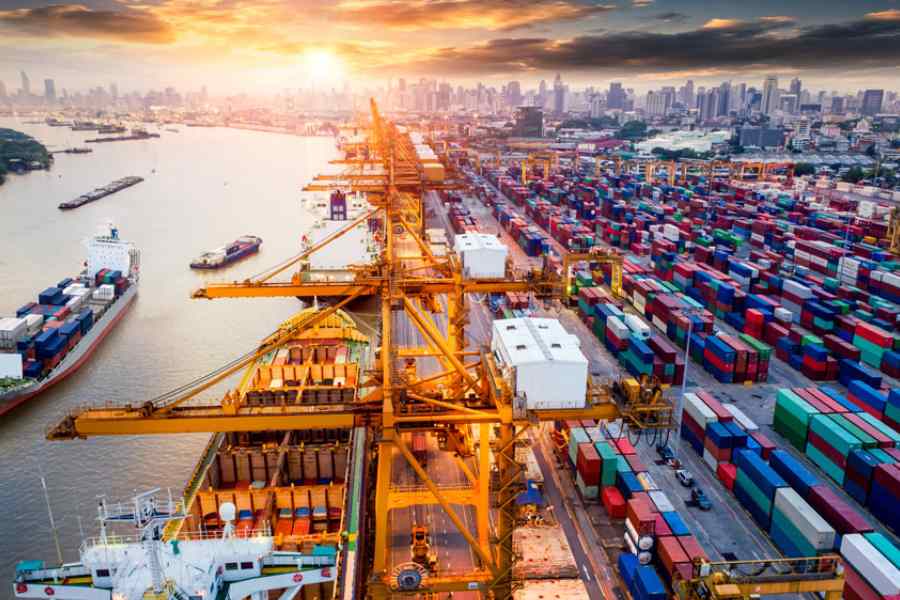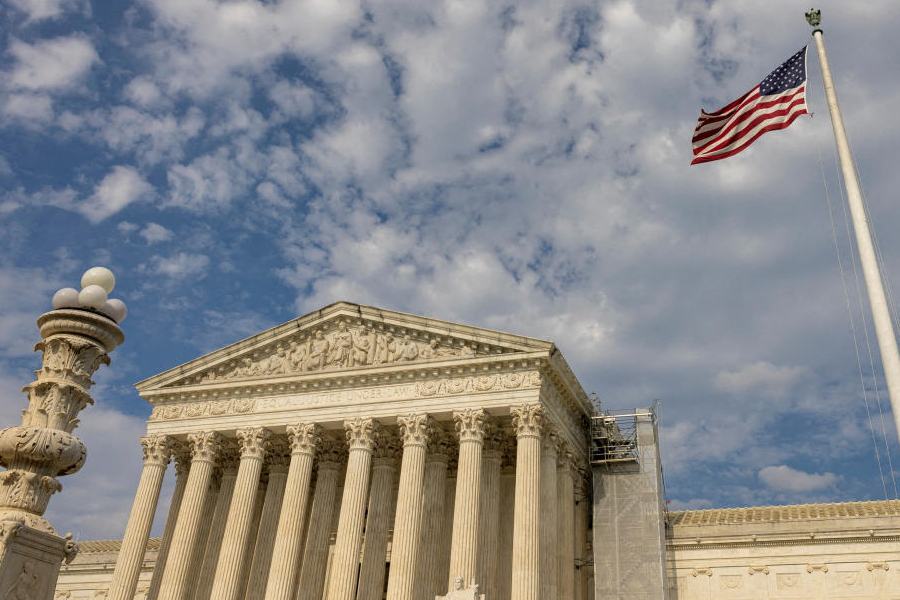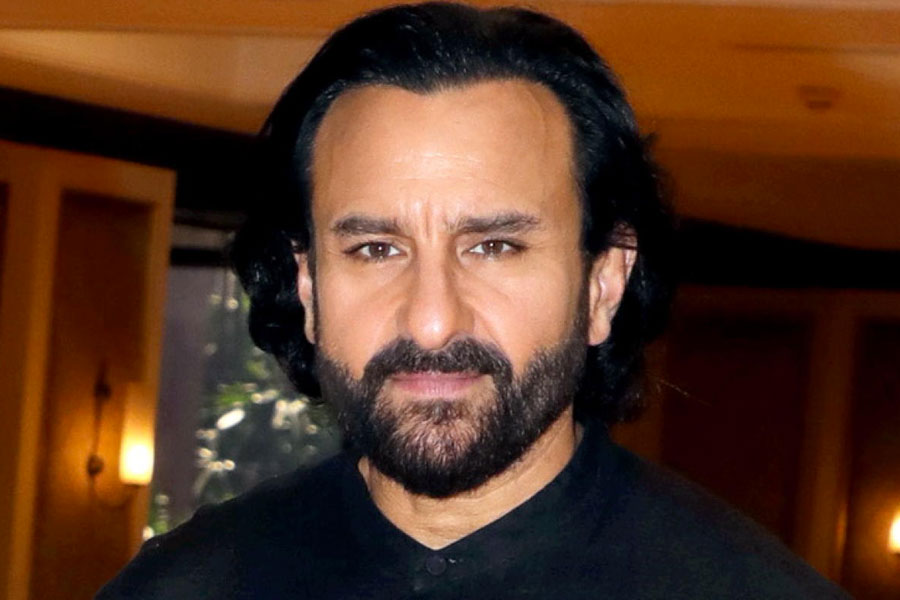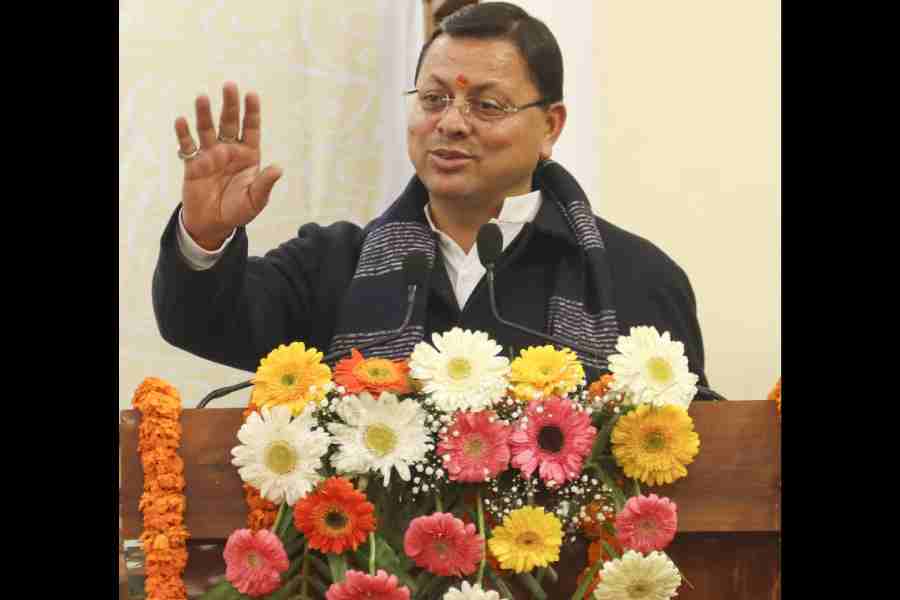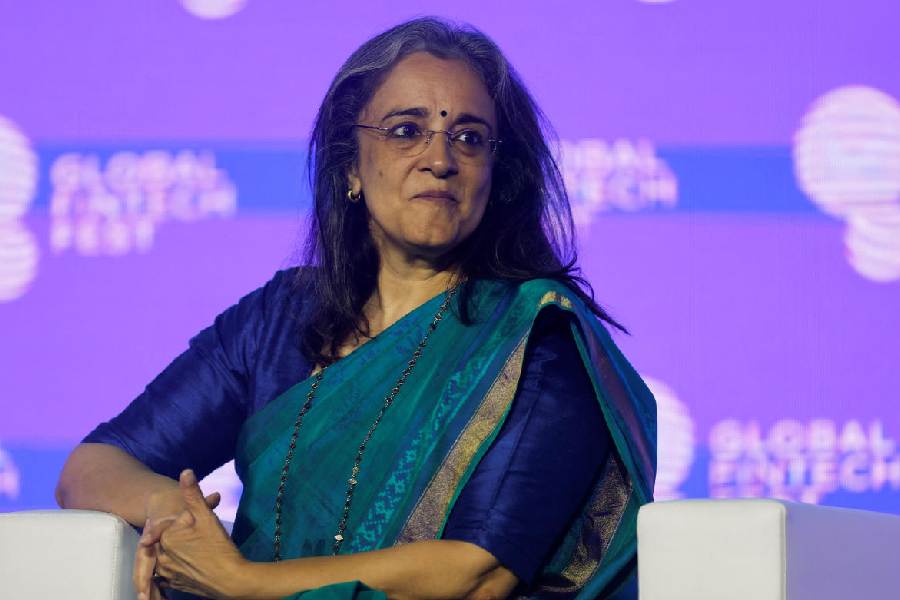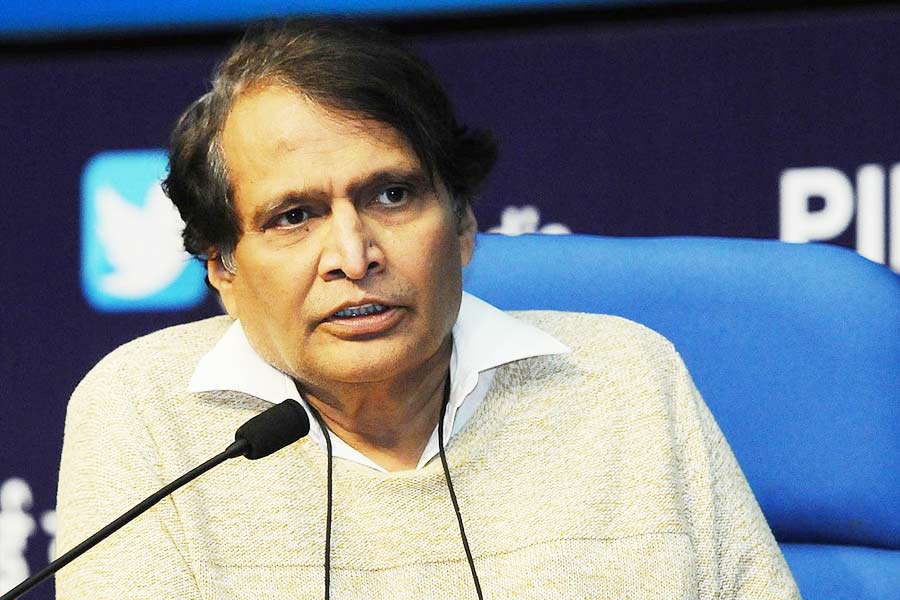India and Oman are moving closer to finalising a trade and investment agreement aimed at reducing tariffs and boosting economic co-operation.
Discussions on the India-Oman Comprehensive Economic Partnership Agreement (CEPA) are set to intensify during commerce minister Piyush Goyal’s visit to Muscat on January 27-28.
The bilateral talks, now in advanced stages, are expected to drive significant progress, with both countries seeking a mutually beneficial, commercially significant pact.
Oman is a key trading partner for India, with bilateral trade estimated at $8.94 billion in fiscal year 2023-2024. India has emerged as a major market for Oman’s crude oil and non-oil exports.
In 2023, India was Oman’s fourth-largest market for crude oil and third-largest for non-oil exports, after Saudi Arabia.
These economic ties are expected to grow further as Oman works to diversify its economy under its Vision 2040, focusing on reducing dependence on oil revenues and promoting clean energy and other sectors.
The CEPA negotiations began in November 2023, with two rounds of talks held in New Delhi and Muscat.
Oman is hopeful that the agreement, aimed at reducing tariffs on goods, will be concluded this year. It will also ease trade in services and attract investment, further strengthening the economic relationship between the two nations.
However, Oman has requested revisions to certain market access offers, delaying the finalisation of the pact.
The CEPA is expected to boost Indian exports to Oman, particularly in sectors such as petroleum products, chemicals and machinery.
Key Indian imports from Oman include petroleum products and urea, which make up over 70 per cent of total imports.
According to the Global Trade Research Institute (GTRI), Indian goods worth around $3.7 billion — such as gasoline, iron and steel, electronics and machinery— may see a significant boost in Oman after the agreement is finalised.
Currently, these goods face a 5 per cent import duty in Oman, and tariff reductions will allow them to enter the market at more competitive prices.
During Goyal’s visit, he will meet with Omani officials, including Sultan bin Salim Al Habsi, minister of finance and chairperson of the ministerial committee for CEPA, and Sheikh Ali bin Masoud Al Sunaidy, president of the Public Authority for Special Economic Zones and Free Zones.
These meetings are expected to deepen bilateral ties and create opportunities for Indian businesses to engage with Omani industry leaders and the Indian community in Oman.
Oman is India’s third-largest export destination in the Gulf Cooperation Council (GCC), and India’s trade with the GCC is growing steadily. The success of the India-UAE CEPA, signed in 2022, serves as a model for the Oman pact.
The India-UAE agreement has already yielded positive results to the countries. The India-Oman CEPA is expected to further enhance economic co-operation between the two nations.
Once concluded, the India-Oman CEPA will open new trade opportunities, particularly for Indian goods that currently face duties in Oman.
Products such as gasoline, iron and steel, and electronics, which constitute a significant portion of India’s exports to Oman, could see a surge in trade.
Oman’s higher per capita income — around $25,060—compared with India’s $2,370, offers potential for India to diversify its export base to meet Muscat’s demand for higher-value goods and services.

